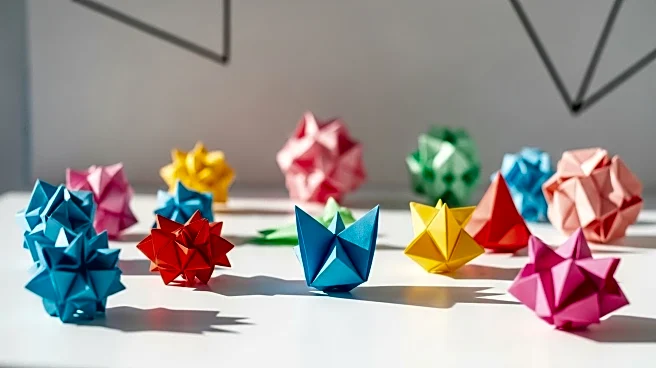Origami has long been recognized as a valuable educational tool, particularly in Japan where it was incorporated into kindergarten activities as early as 1875. Its inclusion in
educational settings is due to its ability to teach concepts of geometry and symmetry in a hands-on manner. Origami's mathematical applications are vast, with teachers using it to illustrate properties of shapes and angles. Modular origami, which involves creating polyhedral structures from paper units, further enhances learning by demonstrating geometric principles. Publications like Shōkokumin have historically promoted origami, underscoring its role in both recreational and educational contexts.
For the benefit of users - Parts of this article may include content generated using AI tools. Our teams are making active and commercially
reasonable efforts to moderate all AI generated content. Our moderation processes are improving however our processes are carried out on a best-effort basis and may not be exhaustive in nature. We encourage our users to consume the content judiciously and rely on their own research for accuracy of facts. We maintain that all AI generated content on our platform is for entertainment purposes only. To know more about how we use AI, you can write to us at support_spaces@glance.com













